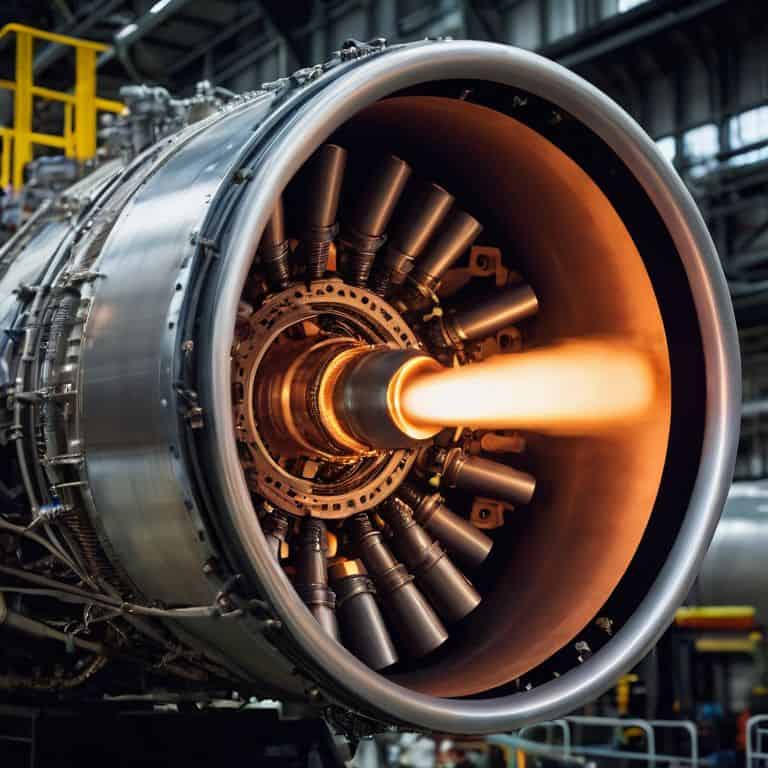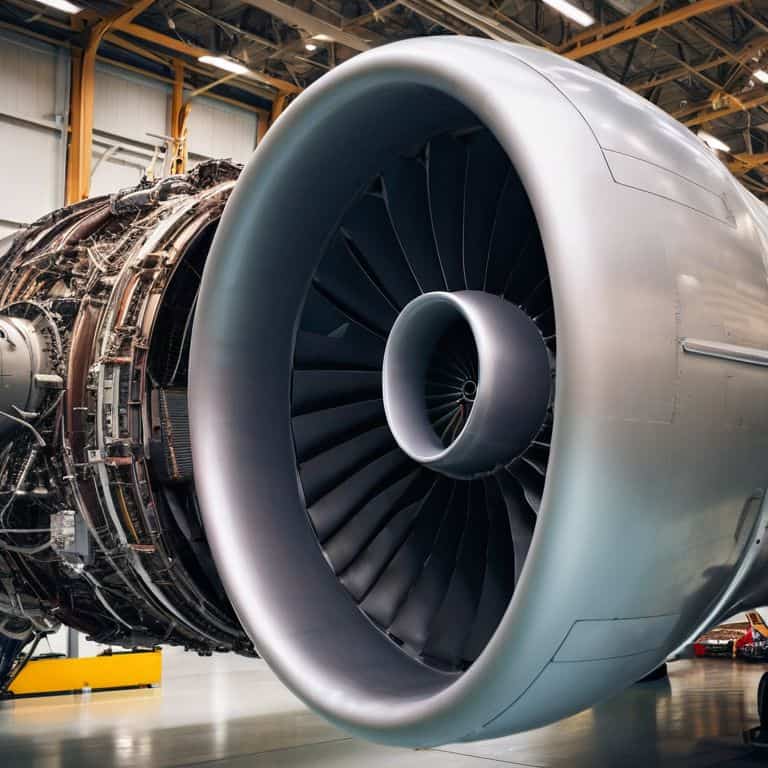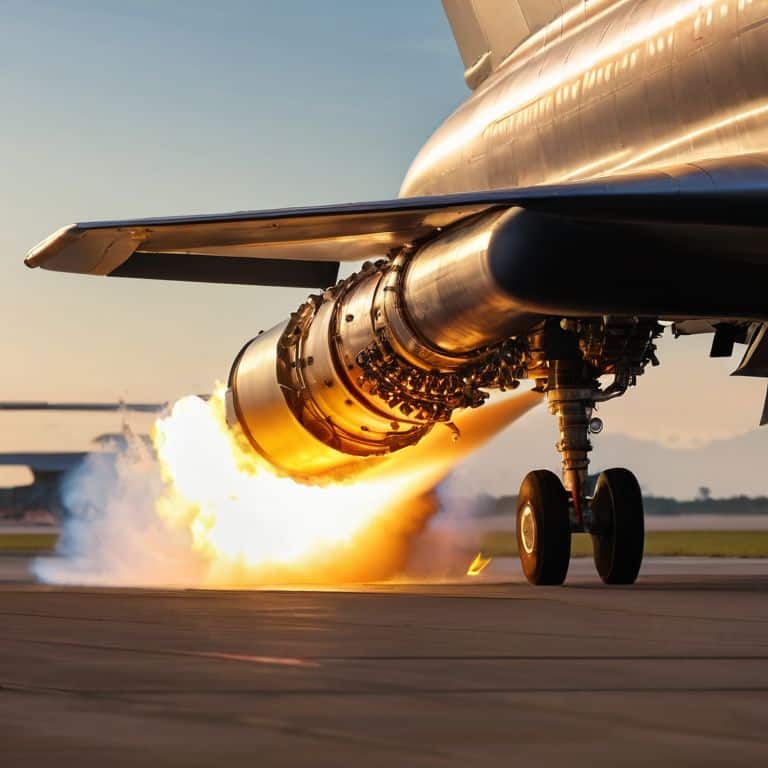I still remember the day I first heard about what is a scramjet engine – it was like a whispered secret among my fellow aerospace engineers. We’d gather around, exchanging stories of this mystical propulsion system that could potentially fly at over five times the speed of sound. But as I delved deeper, I realized that the explanations were often shrouded in technical jargon, making it inaccessible to those who weren’t experts in the field. This sparked a frustration within me, as I believe that the principles of flight should be demystified, not obscured by complex terminology.
As someone who’s spent their career designing aircraft, I’m excited to share my knowledge with you, providing a no-nonsense explanation of what a scramjet engine is and how it works. In this article, I’ll take you through the fascinating world of scramjet engines, explaining the science behind their incredible speed and efficiency. I’ll draw from my own experiences, using analogies and diagrams to illustrate the concepts, making it easy for you to understand the brilliant science that keeps us safe in the sky. My goal is to inspire a sense of wonder and awe for the engineering that goes into creating these incredible machines, and to provide you with a deeper understanding of the technology that’s redefining flight.
Table of Contents
Unlocking Scramjet Secrets
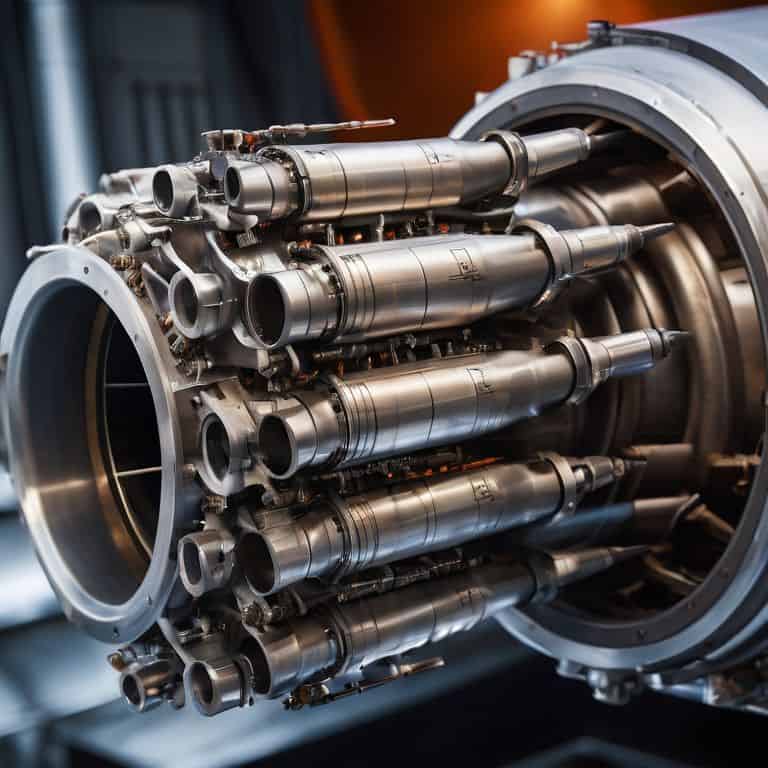
As I delve into the scramjet engine design, I’m reminded of the intricate dance between aerodynamics and combustion. The key to unlocking these secrets lies in understanding how supersonic combustion ramjet technology harnesses the power of high-speed airflow to generate thrust. By leveraging this phenomenon, scramjet engines can achieve unprecedented speeds, making them ideal for hypersonic aircraft propulsion.
One of the most significant challenges in developing scramjet engines is the advanced scramjet materials required to withstand the extreme temperatures and stresses generated during supersonic flight. Researchers have made significant strides in this area, exploring new materials and designs that can efficiently dissipate heat and maintain structural integrity. This has enabled the creation of more efficient and reliable scramjet engines, paving the way for their potential use in future aerospace applications.
Through rigorous scramjet engine testing, scientists have been able to refine their designs and push the boundaries of what is possible. By comparing scramjet vs ramjet performance, engineers can better understand the advantages and limitations of each technology, ultimately driving innovation and improvement. As we continue to unravel the mysteries of scramjet engines, we may uncover even more exciting possibilities for their use in the aerospace industry.
Hypersonic Aircraft Propulsion Unveiled
As we delve into the world of hypersonic flight, it’s essential to understand the propulsion systems that make it possible. Scramjet engines are a crucial component of this technology, enabling aircraft to reach speeds exceeding Mach 5. The science behind these engines is fascinating, and I’m excited to share my knowledge with you.
The key to scramjet engine efficiency lies in their ability to harness supersonic combustion, which allows them to generate tremendous thrust while minimizing fuel consumption. This innovative approach to propulsion has the potential to revolutionize the way we travel, making long-distance flights faster and more efficient than ever before.
Scramjet Engine Design Explained
As I delve into the intricacies of scramjet design, it’s fascinating to see how these engines are crafted to withstand the extreme conditions of supersonic flight. The shape and material of the engine are carefully considered to optimize performance, with a focus on minimizing air resistance and maximizing combustion efficiency.
The combustion chamber is where the magic happens, with supersonic combustion occurring at incredibly high temperatures and pressures. This process allows the scramjet to achieve remarkable speeds, making it an exciting area of research and development in the field of aerospace engineering.
What Is a Scramjet Engine
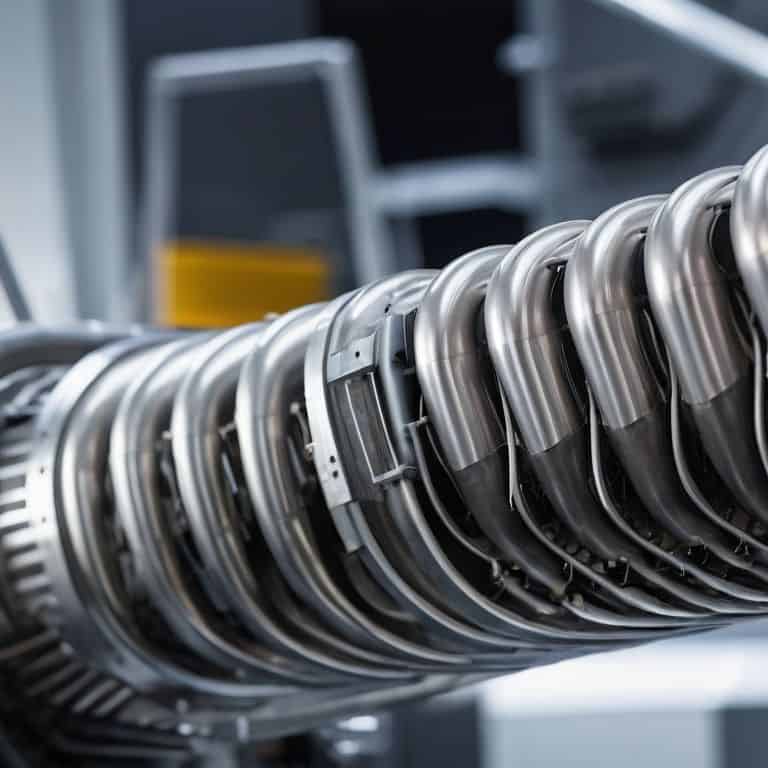
As I delve into the world of hypersonic aircraft propulsion, I find myself fascinated by the scramjet engine design. This type of engine is a significant departure from traditional ramjets, with its ability to sustain supersonic combustion at incredibly high speeds. The scramjet engine’s design is a marvel of modern engineering, with its use of advanced materials and clever aerodynamics to achieve unprecedented performance.
One of the key differences between a scramjet and a traditional ramjet is the way they handle airflow. While a ramjet uses a converging nozzle to slow down the air, a scramjet uses a diverging nozzle to accelerate it even further. This allows the scramjet to operate at much higher speeds, making it ideal for hypersonic aircraft propulsion. The scramjet engine’s ability to harness the power of supersonic combustion has significant implications for the future of flight.
The development of scramjet engines has been an ongoing process, with significant advancements in recent years. Advanced scramjet materials have played a crucial role in this development, allowing for the creation of engines that can withstand the intense heat and stress generated by supersonic combustion. As researchers continue to push the boundaries of what is possible with scramjet engine design, we can expect to see even more impressive breakthroughs in the field of hypersonic flight.
Advanced Scramjet Materials and Testing
As I delve into the world of scramjet engines, I’m fascinated by the cutting-edge materials used in their construction. These engines operate at incredibly high temperatures, making traditional materials unsuitable. Researchers have turned to advanced composites and ceramics to withstand the extreme conditions.
The testing protocols for scramjet engines are equally impressive, involving sophisticated simulation tools and real-world flight tests. By pushing the boundaries of what’s possible, engineers can refine their designs and create more efficient, powerful engines that redefine the limits of hypersonic flight.
Supersonic Combustion Ramjet Advantages
As we delve into the world of scramjet engines, it’s essential to understand the benefits they offer. One of the primary advantages of supersonic combustion ramjets is their ability to achieve high-speed operations, making them ideal for military and space exploration applications.
The efficient combustion process in scramjet engines allows for a significant reduction in fuel consumption, which is a critical factor in long-range missions. This advantage enables scramjets to travel farther and faster than traditional engines, revolutionizing the field of hypersonic flight.
5 Key Takeaways to Understanding Scramjet Engines
- Recognize that scramjet engines operate by using the atmosphere as a component of the engine itself, leveraging supersonic combustion to achieve incredible speeds
- Understand the role of inlet design in scramjet engines, as it compresses and mixes air with fuel for efficient combustion at high velocities
- Appreciate the challenges of cooling in scramjet engines, which must be addressed through advanced materials and designs to prevent overheating during hypersonic flight
- Note the significance of scramjet engine applications, ranging from space exploration to military operations, where speed and efficiency are paramount
- Remember that the development of scramjet engines relies heavily on advances in materials science and computational modeling, driving innovation in aerospace engineering
Key Takeaways: Unleashing the Power of Scramjet Engines
Scramjet engines represent a revolutionary leap in aircraft propulsion, capable of achieving hypersonic speeds through supersonic combustion, which significantly enhances efficiency and range
Understanding the design and operation of scramjet engines requires a deep dive into advanced aerodynamics, materials science, and the principles of fluid dynamics, highlighting the intricate balance between air intake, combustion, and thrust generation
The development and potential applications of scramjet engines not only push the boundaries of aerospace engineering but also promise to transform our understanding of high-speed flight, with implications for both military and civilian aviation, including faster travel times and more efficient use of resources
The Heart of Hypersonic Flight
A scramjet engine is not just a marvel of modern engineering, but a testament to human ingenuity – it’s a machine that can harness the intense heat and energy of supersonic airflow to propel a vehicle at speeds that were previously thought impossible, redefining the boundaries of flight and inspiring a new generation of aerospace pioneers.
Simon Foster
Unlocking the Future of Flight
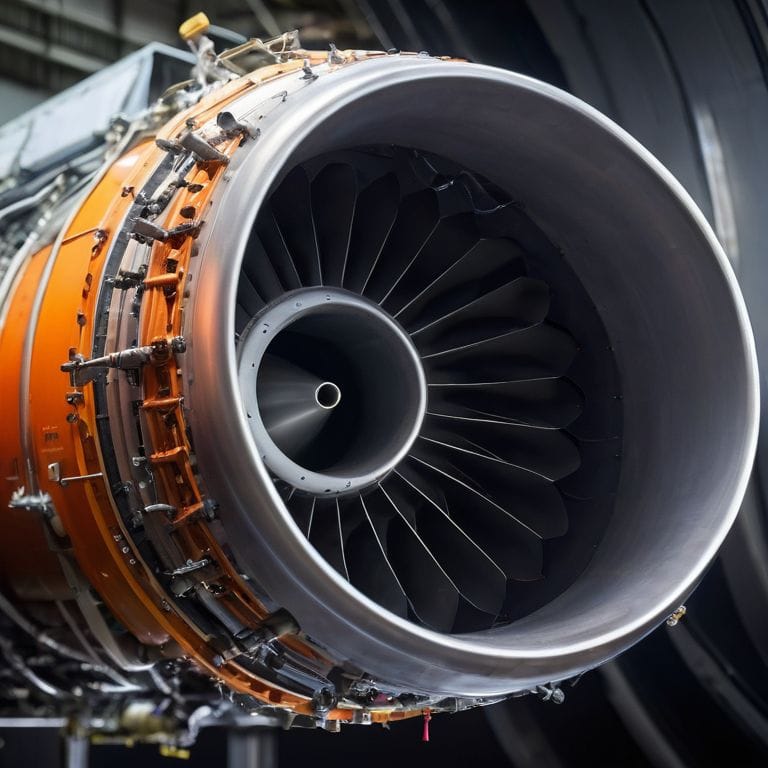
As we conclude our journey into the world of scramjet engines, it’s essential to summarize the key points that make these engines so revolutionary. We’ve delved into the scramjet engine design, understanding how it utilizes supersonic combustion to achieve unprecedented speeds. The hypersonic aircraft propulsion unveiled by scramjets is a game-changer, offering possibilities for faster and more efficient travel. Furthermore, the supersonic combustion ramjet advantages provide a significant edge over traditional propulsion systems, making scramjets an exciting area of research and development.
As we look to the future, it’s clear that scramjet engines will play a pivotal role in shaping the next generation of flight technology. The potential for scramjets to transform our understanding of aerodynamics and propulsion is vast, and it’s inspiring to think about the boundless possibilities that these engines could unlock. Whether it’s faster travel, more efficient spacecraft, or entirely new applications, the science behind scramjets is sure to captivate and inspire future generations of engineers and aviation enthusiasts alike.
Frequently Asked Questions
How does a scramjet engine achieve supersonic combustion without melting its components?
To achieve supersonic combustion, scramjet engines utilize a clever design: they compress air through a series of shocks, slowing it down just enough for fuel to ignite, all while keeping the combustion chamber cool with advanced materials and clever heat management systems.
What are the potential military and commercial applications of scramjet engines?
Scramjet engines have vast potential in both military and commercial sectors, enabling rapid transport and surveillance. Militarily, they could power hypersonic missiles, while commercially, they could revolutionize space launch and high-speed flight, making transcontinental travel faster and more efficient.
How do scramjet engines compare to traditional rocket engines in terms of efficiency and cost?
When it comes to efficiency and cost, scramjet engines outshine traditional rockets by leveraging atmospheric oxygen for combustion, reducing fuel weight and increasing specific impulse. This advantage makes them potentially more cost-effective for certain missions, although development and testing costs remain high.
